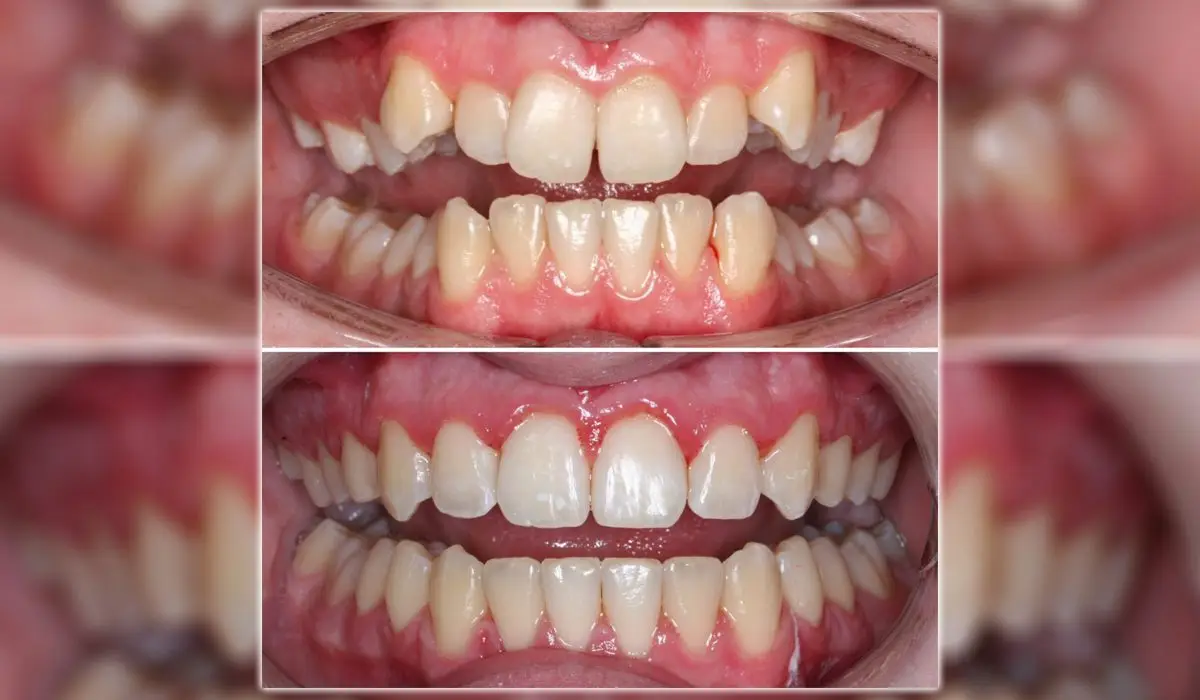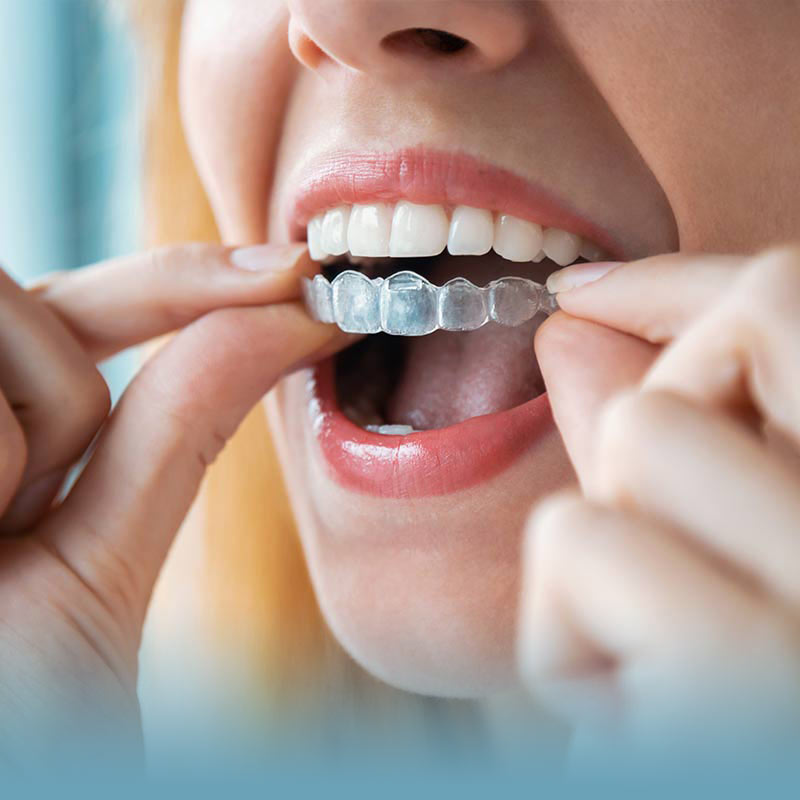The Price of Invisalign: Understanding the Investment in Your Smile
Invisalign vs. Traditional Braces: Which Choice Is Right for You?
When taking into consideration orthodontic treatment, the selection in between Invisalign and standard dental braces offers a number of crucial aspects that warrant careful evaluation. Invisalign supplies a discreet option with removable aligners, while conventional braces offer an extra noticeable yet reliable solution for severe misalignment. Each choice includes distinctive advantages and downsides connected to visual appeals, convenience, treatment duration, and cost. Comprehending these subtleties is important for making a notified choice that lines up with your personal choices and lifestyle. The inquiry remains: which option will ideal fulfill your orthodontic demands and assumptions?
Summary of Treatment Options

In contrast, standard dental braces include steel braces and wires that are bonded to the teeth. This approach applies continuous stress gradually to attain alignment. While efficient for complex orthodontic concerns, standard braces need normal brows through for adjustments and can posture challenges in preserving dental health because of the problem of cleaning up around braces and cords.
Both alternatives have their values, and the option frequently rests on certain oral conditions, way of life choices, and patient conformity. Ultimately, speaking with an orthodontic expert is vital for identifying the most suitable therapy plan customized to private needs. Understanding the nuances of each choice can significantly affect the general success of orthodontic therapy.
Visual Factors To Consider
A considerable element affecting the option between Invisalign and standard dental braces is the aesthetic appeal each therapy uses. Invisalign aligners are crafted from clear plastic, making them basically undetectable when worn. This very discreet look is particularly appealing to grownups and teens who might really feel awkward regarding their orthodontic therapy. The ability to preserve an all-natural smile throughout the placement process can significantly improve the client's self-confidence in professional and social setups.
In comparison, standard braces include steel brackets and cables, which can be a lot more noticeable. While innovations in orthodontic technology have actually resulted in the development of smaller braces and tinted elastics, standard dental braces still preserve an even more obvious account. For some people, the visibility of braces may hinder them from seeking necessary treatment.
Ultimately, the option between Invisalign and conventional braces might hinge on individual preferences relating to aesthetics. Clients who focus on discretion commonly lean toward Invisalign, while those that are much less concerned about exposure might select typical braces. Understanding the aesthetic effects of each alternative is important for making a notified choice that aligns with one's lifestyle and choices.
Comfort and Convenience

In terms of convenience, Invisalign aligners are detachable, allowing patients to appreciate their favored foods without limitation and maintain optimum dental hygiene. Brushing and flossing are streamlined, as the aligners can be secured during these routines, whereas typical dental braces need cautious maneuvering around brackets and cords.
In contrast, traditional dental braces require routine modifications, making them much less hassle-free for those with active timetables. Generally, the comfort and comfort of Invisalign make it an attractive option for many individuals looking for orthodontic therapy.
Treatment Duration and Efficiency
While both Invisalign and conventional braces are reliable in correcting dental imbalances, the period of therapy can differ considerably in between the 2 alternatives. Commonly, Invisalign treatment can take anywhere from 12 to 18 months, depending on the complexity of the situation. The More Bonuses clear aligners function by progressively changing teeth into their desired settings, and routine follow-ups with an orthodontist aid make certain progress continues to be on track.
On the other hand, typical dental braces typically call for a longer dedication, usually ranging from 18 months to 3 years. This results from their set nature and the use of cables and braces, which can be much more reliable for complicated situations and extreme misalignments (Invisalign). The therapy effectiveness of conventional dental braces is well-documented, as they permit accurate changes and better control over tooth motion
Ultimately, the selection between Invisalign and typical braces may rest on both the awaited treatment duration and the specific oral problems handy. Consulting with an orthodontist is crucial, as they can offer customized referrals based on individual demands, making certain the chosen method aligns with preferred durations and results.
Expense Contrast and Insurance Alternatives
Expense plays a considerable role in the decision-making process for people considering orthodontic treatment, whether selecting Invisalign or standard braces. Usually, the price of Invisalign arrays from $3,000 to $8,000, while conventional dental braces normally set you back between $2,000 and $6,000. Elements influencing these costs include the complexity of the instance, the period of therapy, and webpage geographical location.
Insurance policy protection can substantially impact out-of-pocket costs. Many oral insurance policy plans provide partial insurance coverage for orthodontic treatments, yet the specifics can differ widely. It is essential for patients to assess their insurance plan to establish the level of protection for either alternative. Normally, standard braces may be extra regularly covered by insurance plans contrasted to Invisalign, which some insurance providers categorize as a cosmetic procedure.
In addition, a number of orthodontic techniques offer adaptable layaway plan, making both treatment choices more accessible. Clients need to ask about prospective funding options and price cuts for upfront repayments. Reviewing the total cost, including insurance benefits and payment plans, is vital for making an educated choice that lines up with both visual choices and spending plan factors to consider.

Final Thought
In recap, the option between Invisalign and standard dental braces depends upon several elements, consisting of aesthetic preferences, comfort, treatment duration, and expense. Invisalign uses a discreet, removable choice that facilitates oral health and dietary versatility, while typical braces might be more suitable for complex dental concerns and frequently come at a lower rate factor. Inevitably, examination with an orthodontist is vital to examine private circumstances and determine one of the most proper therapy choice for accomplishing ideal oral positioning.
When considering orthodontic therapy, the choice in between Invisalign and standard braces presents numerous essential variables that merit mindful examination.Contrasting Invisalign and standard dental braces exposes distinctive therapy her response options for orthodontic correction.While both Invisalign and typical braces are efficient in dealing with oral misalignments, the period of therapy can differ substantially in between the two alternatives.Cost plays a significant duty in the decision-making process for individuals considering orthodontic therapy, whether deciding for Invisalign or standard braces.In recap, the choice between Invisalign and typical braces hinges on several variables, including aesthetic preferences, convenience, therapy period, and cost.